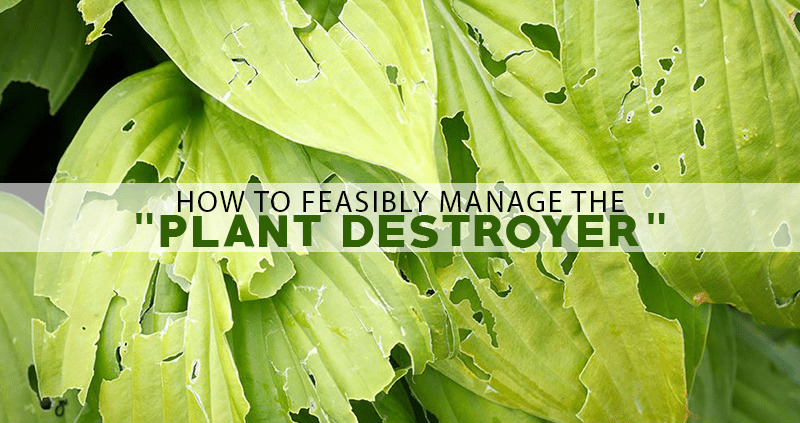Phytophthora – which translates from Greek as “plant destroyer” – is one of the most common and destructive blights. It is difficult to manage with hundreds of Phytophthora species existing, each capable of destroying a host of different plants. Phytophthora blight can affect ferns, grasses, crops such as strawberries, curcurbits, tomatoes, potatoes, cocoa, onions, and soybeans, trees such as cedar, birch, dogwood, and citrus trees, and shrubs such as rhododendron and azaleas. In fact, it was Phytophthora infestans that caused the Irish potato famine in the 19th century.
Phytophthora is a water-mold made up of cellulose, therefore is behaves similar to a fungus but is actually more closely related to algae. Because of its preference for environments with excess water, it is most common in spring and fall, and in temperatures ranging from 59-82°F. In potatoes, phytophthora blight that happens later in the season can sometimes be accompanied by a virus making the damage as much as 125-times more detrimental (PotatoPro, 2019). It can be spread through wind-borne rain, runoff, irrigation, and through contaminated soil or equipment. Phytophthora can also overwinter and spread through plant debris. Phytophthora needs only a few hours (4-8) of standing water to take hold. It is also common for newly imported plants to infect others, particularly in greenhouses. Dependent on the plant variety, some symptoms of phytophthora blight include plant weakness, wilting, foliage discoloration, signs of drought-stress or other distress. Many plants also exhibit no symptoms. In trees and shrubs, younger trees are more vulnerable where it may take years for the infestation to kill older trees.
Because phytophthora blight is so proliferate, most management techniques include preparation such as ensuring proper drainage or mitigating damage through digging up infected soil and drying out roots. In trials with tomato seedlings, TerraClean 5.0, an environmentally-friendly fungicide/algaecide, has been found to reduce Phytophthora by 23-55%. It also reduced root-knot, where similar alternatives such as methyl bromide and Ridomil Gold reduced either Phytophthora or root-knot, but not both. Tomato seedlings were inoculated with Phytophthora in August, then the fungicide was applied via drip irrigation once every two weeks until November. Apart from receding the blight outbreak, tomato plant vigor and yield both increased. In a separate trial with strawberry plants, yield increased by 19%.
TerraClean 5.0 can be used to attack phytophthora blight during any plant stage. Composed of hydrogen peroxide and peroxyacetic acid, it kills pathogens, enhances nutrient uptake, and develops a healthier root zone. It can be applied via drip irrigation, drench, flood, and drip application. It is also EPA and OMRI approved as it has no mutational resistance and a 0-hour re-entry interval. While management techniques may work to battle phytophthora blight, it is also reassuring to know there are proactive solutions for the “plant destroyer” as well.



Leave a Reply
Want to join the discussion?Feel free to contribute!